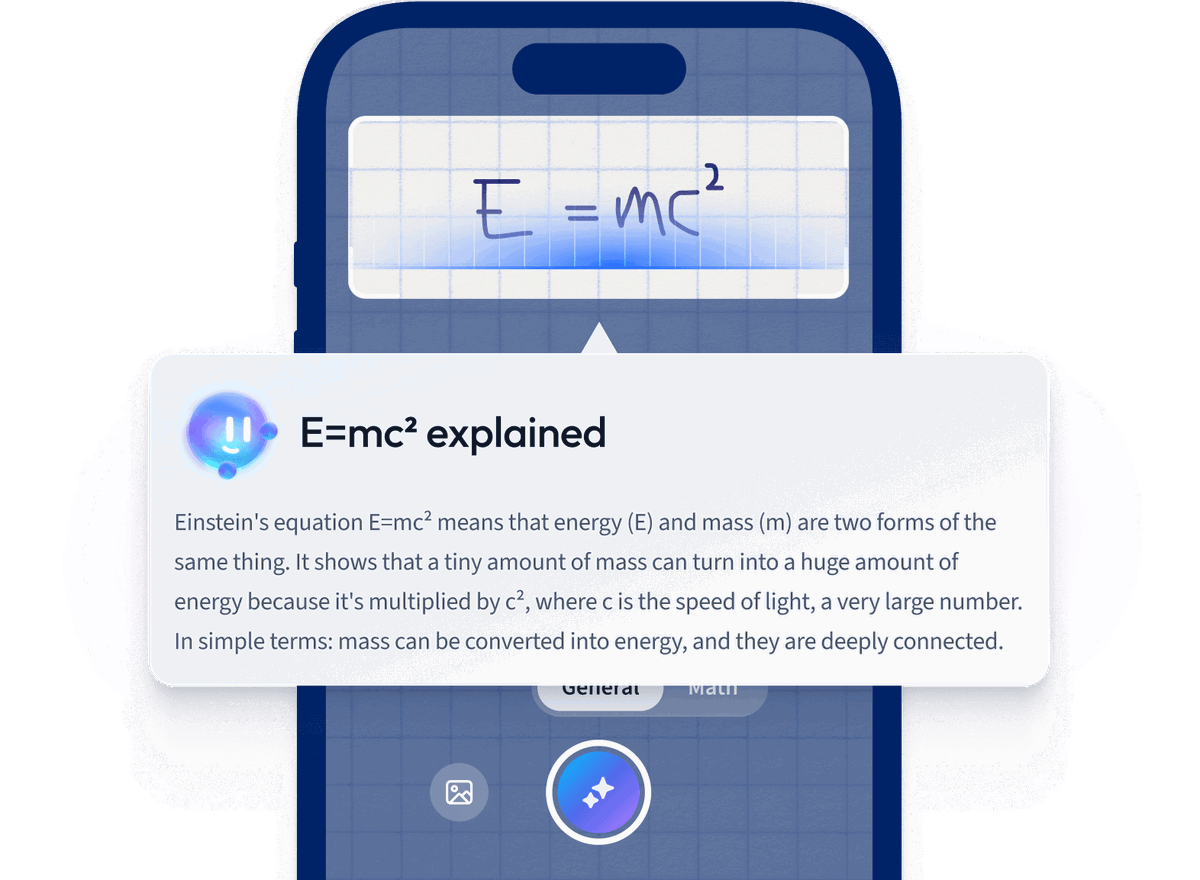What is the meaning of vowel?
A vowel is a speech sound that is produced when the air flows out through the mouth without being stopped by the vocal organs. Vowels are produced when there is nothing to obstruct the vocal cords.
A syllable
A syllable is a part of a word containing one vowel sound, called the nucleus. It may or may not have consonant sounds before or after it. If the syllable has a consonant sound before it, this is called the 'onset'. If there is a consonant sound after it, this is called the 'coda'.
- For example, the word pen /pen/ has one syllable and it contains an onset /p/, a nucleus /e/, and a coda /n/.
A word can have more than one syllable:
What letters are vowels?
In the English language, we have five vowels. These are a, e, i, o and u.
 Fig. 1 - There are five vowel letters in the English alphabet.
Fig. 1 - There are five vowel letters in the English alphabet.
These are vowels as we know them in the alphabet, however there are many more vowel sounds than these. We'll look at them next.
List of vowel sounds in words
There are 20 possible vowels sounds. Twelve of these are present in the English language. The 12 English vowel sounds are:
/ ɪ / as in if, sit, and wrist.
/ i: / as in be, read, and sheet.
/ ʊ / as in put, good, and should.
/ u: / as in you, food, and through.
/ e / as in pen, said, and when.
/ ə / as in about, polite, and teacher.
/ 3: / as in her, girl, and work.
/ ɔ: / as in also, four, and walk.
/ æ / as in ant, ham, and that.
/ ʌ / as in up, duck, and some.
/ ɑ: / as in ask, large, and start.
/ ɒ / as in of, not, and what.
What are vowel sounds made of?
Every vowel is pronounced according to three dimensions that distinguish them from each other:
Height
Height, or closeness, refers to the vertical position of the tongue in the mouth, if it's high, mid, or low . For example, / ɑ: / as in arm, / ə / as in ago, and / u: / as in too.
Backness
Backness refers to the horizontal position of the tongue, if it's in the front, center, or back of the mouth. For example, / ɪ / as in any, / 3: / as in fur, and / ɒ / as in got.
Rounding
Rounding refers to the position of the lips, if they are rounded or spread . For example, / ɔ: / as in saw, and / æ / as in hat.
Here are some other aspects that help to describe vowel sounds:
- Tenseness and laxness : - tense vowels are pronounced with tension in certain muscles. They are long vowels: in British English, tense vowels are / i :, i, u, 3 :, ɔ :, a: /. - lax vowels are produced when there is no muscle tension. They are short vowels. In British English, lax vowels are / ɪ, ə, e, aə, ʊ, ɒ, and ʌ /.
- The length of the vowel refers to the duration of a vowel sound. Vowels can be long or short.
Monophthongs and Diphthongs
There are two types of vowels in English: Monophthongs and Diphthongs.
- Say the word company out loud. You may notice that there are three different vowel letters, “o, a, y” which correspond to three distinct vowel sounds: / ʌ /, / ə /, and / i /.
These vowels are called monophthongs because we don't pronounce them together but as three distinct sounds. A monophthong is a single vowel sound.
- Now say the word tie out loud. What do you notice? There are two vowel letters, “i and e”, and two vowel sounds: / aɪ /.
Unlike monophthongs, here there are two vowels joined together. We say that the word 'tie' contains one diphthong. A diphthong is two vowels together.
Here's another example: alone.
- Three letters: a, o, e.
- Two vowel sounds: / ə, əʊ /.
- One monophthong / ə / and one diphthong / əʊ /.
The first / ə / is separated from the other two vowel sounds by the consonant sound / l /. Yet, the two vowel sounds / ə, ʊ / are joined to make the diphthong / əʊ /.
In English, there are some words that contain triple vowels, called triphthongs, as in the word liar /ˈlaɪə /. A triphthong is a combination of three different vowels.
Vowels - Key takeaways
A vowel is a speech sound that is produced when the air flows out through the mouth without being stopped by the vocal organs.
A syllable is a single part of a word that contains one vowel sound, the nucleus, and two consonants, the onset and the coda.
Every vowel is pronounced according to: height, backness, and rounding.
There are two types of vowel in the English language: monophthong and diphthong.
How we ensure our content is accurate and trustworthy?
At StudySmarter, we have created a learning platform that serves millions of students. Meet
the people who work hard to deliver fact based content as well as making sure it is verified.
Content Creation Process:
Lily Hulatt is a Digital Content Specialist with over three years of experience in content strategy and curriculum design. She gained her PhD in English Literature from Durham University in 2022, taught in Durham University’s English Studies Department, and has contributed to a number of publications. Lily specialises in English Literature, English Language, History, and Philosophy.
Get to know Lily
Content Quality Monitored by:
Gabriel Freitas is an AI Engineer with a solid experience in software development, machine learning algorithms, and generative AI, including large language models’ (LLMs) applications. Graduated in Electrical Engineering at the University of São Paulo, he is currently pursuing an MSc in Computer Engineering at the University of Campinas, specializing in machine learning topics. Gabriel has a strong background in software engineering and has worked on projects involving computer vision, embedded AI, and LLM applications.
Get to know Gabriel












